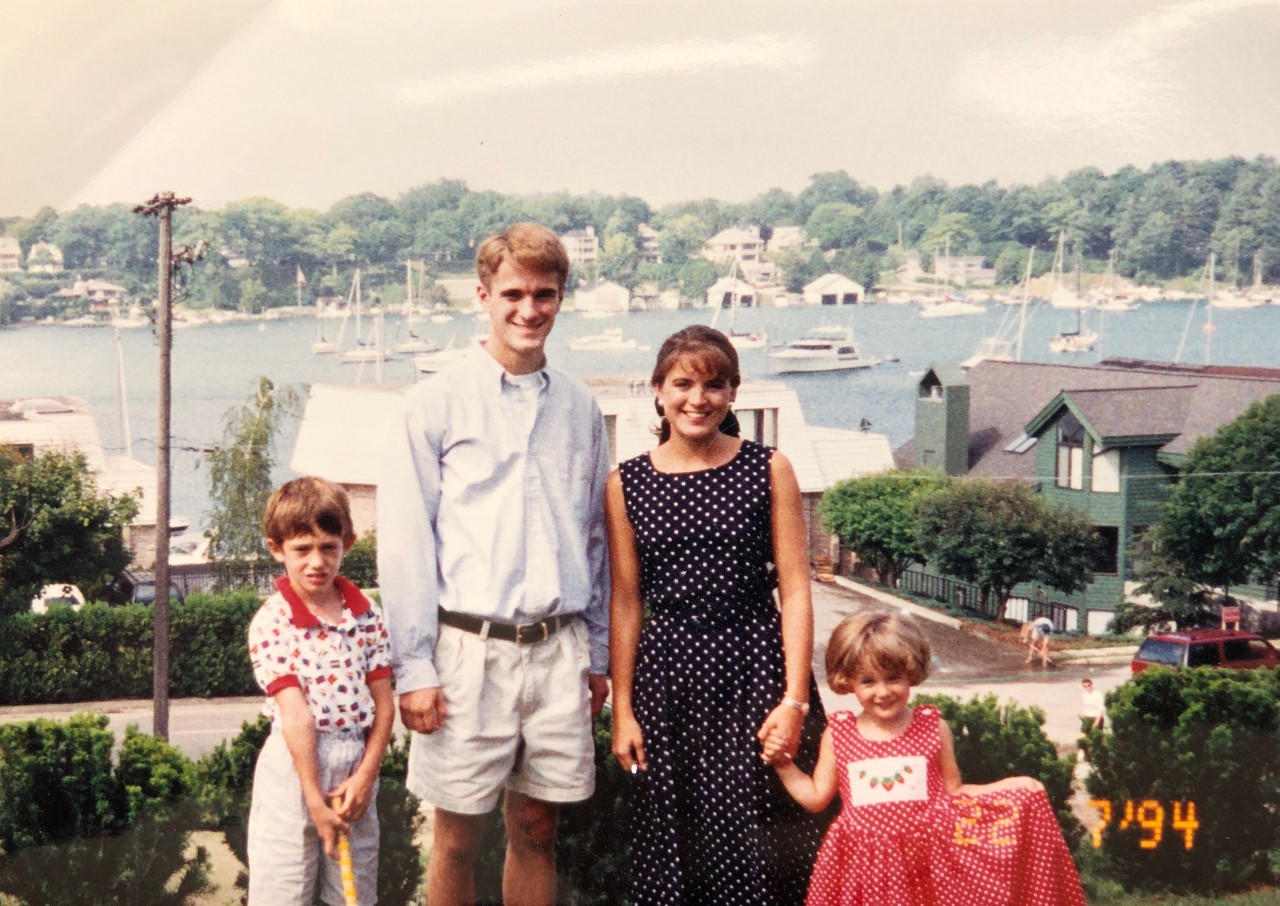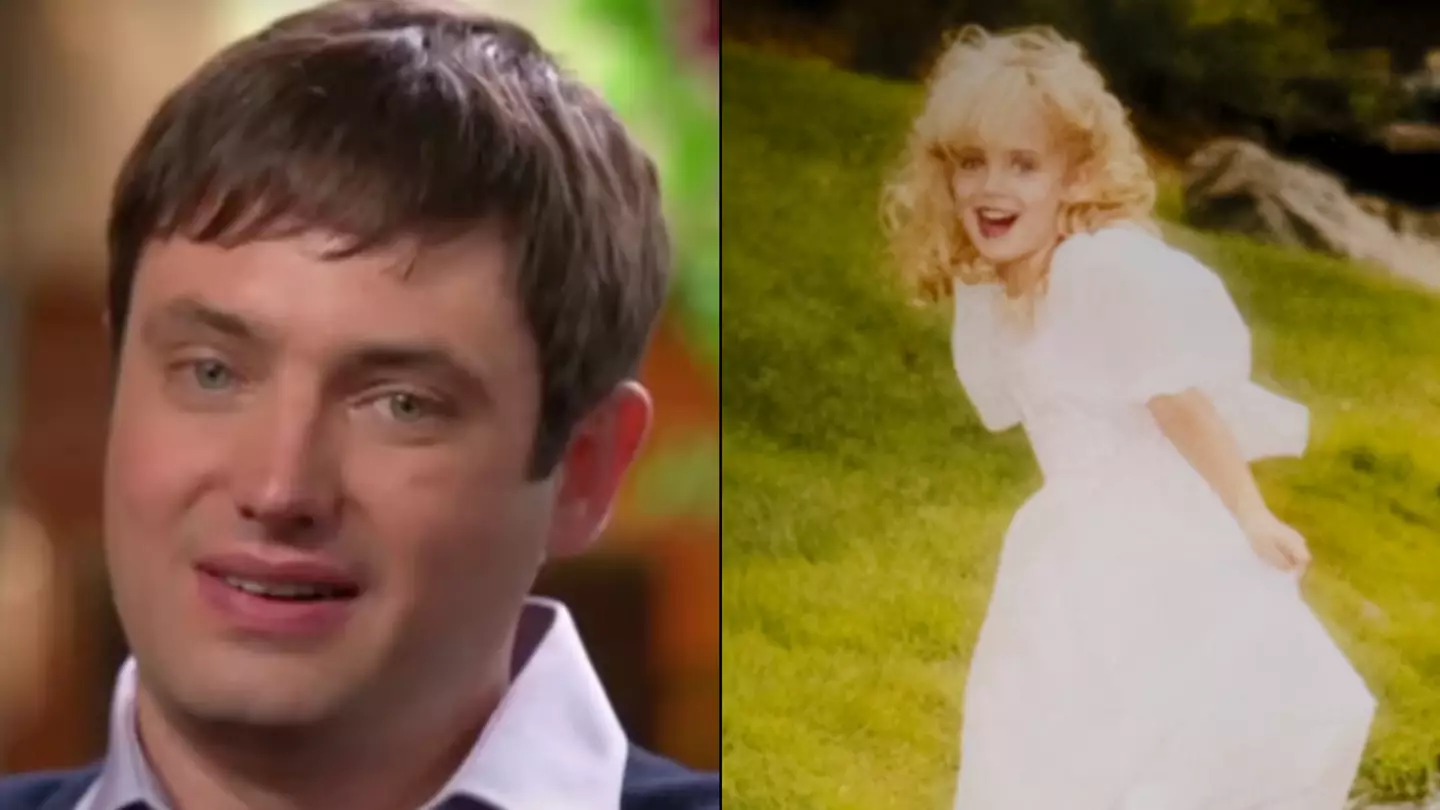Nearly three decades after the murder of JonBenét Ramsey, the case remains one of America’s most haunting and unsolved mysteries. The image of the six-year-old pageant queen, frozen in time, still lingers in the public consciousness. But behind the headlines, the ransom note, and the endless speculation, another figure has always stood quietly in the background: Burke Ramsey, JonBenét’s older brother. Now, as new interviews and documentaries revive old questions, Burke’s role is once again under the microscope—not as a suspect, but as the silent sibling whose story has never fully been told.

The Ramsey family seemed to embody the American dream. John Ramsey, a successful businessman, and Patsy Ramsey, a former beauty queen, lived with their two children in a sprawling Boulder mansion. Christmas 1996 was supposed to be a time of celebration, with holiday decorations filling the home and gifts stacked under the tree. But the perfect picture shattered overnight. JonBenét was found murdered in the basement, and the quiet cul-de-sac became ground zero for one of the most scrutinized investigations in history.
For years, John and Patsy Ramsey maintained a consistent story: they tucked both children into bed after returning from a holiday party, and didn’t see or hear anything until the next morning, when Patsy discovered JonBenét missing and called 911. Burke, just nine years old at the time, was described as asleep throughout the night and unaware of the tragedy until police arrived. That narrative held for years, but as investigators and journalists dug deeper, cracks began to appear.
Burke Ramsey was never the center of attention. Unlike his sister, he wasn’t in pageants or the spotlight. Teachers described him as bright but socially awkward, a quiet child who preferred video games and tinkering with electronics. Family friends recounted typical sibling rivalry—small fights, jealousy over gifts, and moments of frustration. A few troubling details emerged, including anecdotes about behavioral issues at home, but nothing that pointed directly to violence or malice.
Yet as the investigation unfolded, certain pieces of evidence raised new questions. Police found a bowl of pineapple and milk on the kitchen table, with Burke’s fingerprints on the bowl and JonBenét’s on the glass beside it. The autopsy revealed undigested pineapple in JonBenét’s stomach, suggesting she had eaten it within hours of her death. The Ramseys denied feeding her pineapple that night, yet the fingerprints told a different story. Was Burke awake after his parents thought he was in bed? Did JonBenét join him for a late-night snack? The details didn’t add up.

Years later, in a rare interview with Dr. Phil, Burke himself admitted that he had gone downstairs after everyone was in bed, wanting to assemble a toy. He couldn’t recall whether he used a flashlight or if anyone else was awake, but his admission contradicted the official family timeline. Suddenly, the possibility emerged that the children were awake together in those crucial hours, and that the events of that night might have unfolded differently than anyone had claimed.
The 911 call itself became another focal point. Technology allowed audio experts to enhance the tape, revealing faint voices in the background after Patsy thought she had hung up. Some believed they could hear Burke asking, “What did you find?”—a detail the Ramseys had always denied. If Burke was awake and present during the initial chaos, why had the family insisted he was asleep? Was it an innocent mistake, a trauma response, or something more deliberate?
Psychologists and detectives struggled to interpret Burke’s behavior in the aftermath. He was described as calm, detached, and unemotional during interviews. He played with toys, gave short answers, and showed little visible distress. When asked about his sister’s death, he simply said he thought someone took her. Friends and investigators found his demeanor puzzling; it didn’t match what they expected from a child who had just lost his sister in such a violent way. Was it shock? Was it a coping mechanism? Or was Burke hiding something?
Theories began to swirl. Some investigators speculated that Burke had struck JonBenét during a late-night argument, perhaps over the pineapple or a toy, and that the parents staged the crime scene to protect him. The presence of a large Maglite flashlight, found on the kitchen counter with no fingerprints, matched the shape of JonBenét’s head wound. But there was never enough evidence for charges, and DNA found at the scene did not match Burke or his parents.

The family’s response was to shield Burke from the media and investigators. He was moved out of Boulder, enrolled in a new school, and kept out of the public eye. For years, Burke disappeared, living a quiet life far from the headlines. When he finally resurfaced in the 2016 Dr. Phil interview, viewers fixated on his body language—the frequent smiles, the awkward laughter, the casual way he described the chaos of that morning. Was it trauma? Was it guilt? Or was it simply the mannerisms of a man who had spent his life avoiding the spotlight?
The CBS documentary that aired the same year reignited the controversy, with experts recreating the crime scene and suggesting Burke could have been responsible. Burke responded by filing a massive defamation lawsuit, insisting the claims were false and damaging. His legal team pointed out that Burke had never been charged, had passed a polygraph test, and had been cleared by DNA evidence. The lawsuit was eventually settled, and Burke returned to his private life.
Today, Burke Ramsey remains a mystery. He’s not a suspect, not a witness in the traditional sense, and has never confessed to any involvement. The Boulder Police Department has not named him as a suspect, and no physical evidence ties him to the crime. Yet for many, the questions linger. The inconsistencies in the family’s timeline, the unexplained details, and Burke’s strange behavior keep the theory alive. Was he just a confused child caught in a nightmare, or is there more to the story?
In the end, the fascination with Burke Ramsey is not just about the evidence—it’s about the unknown. The blank spaces in the story invite speculation, and the absence of clear answers keeps people searching. As long as JonBenét’s case remains unsolved, Burke will remain at its quiet center, the brother who never told the full story. Whether he was simply a child in a house of chaos or something more, his silence continues to haunt the case, and the country, nearly thirty years later.

